We Did Start the Fire, but Can We Stop It?
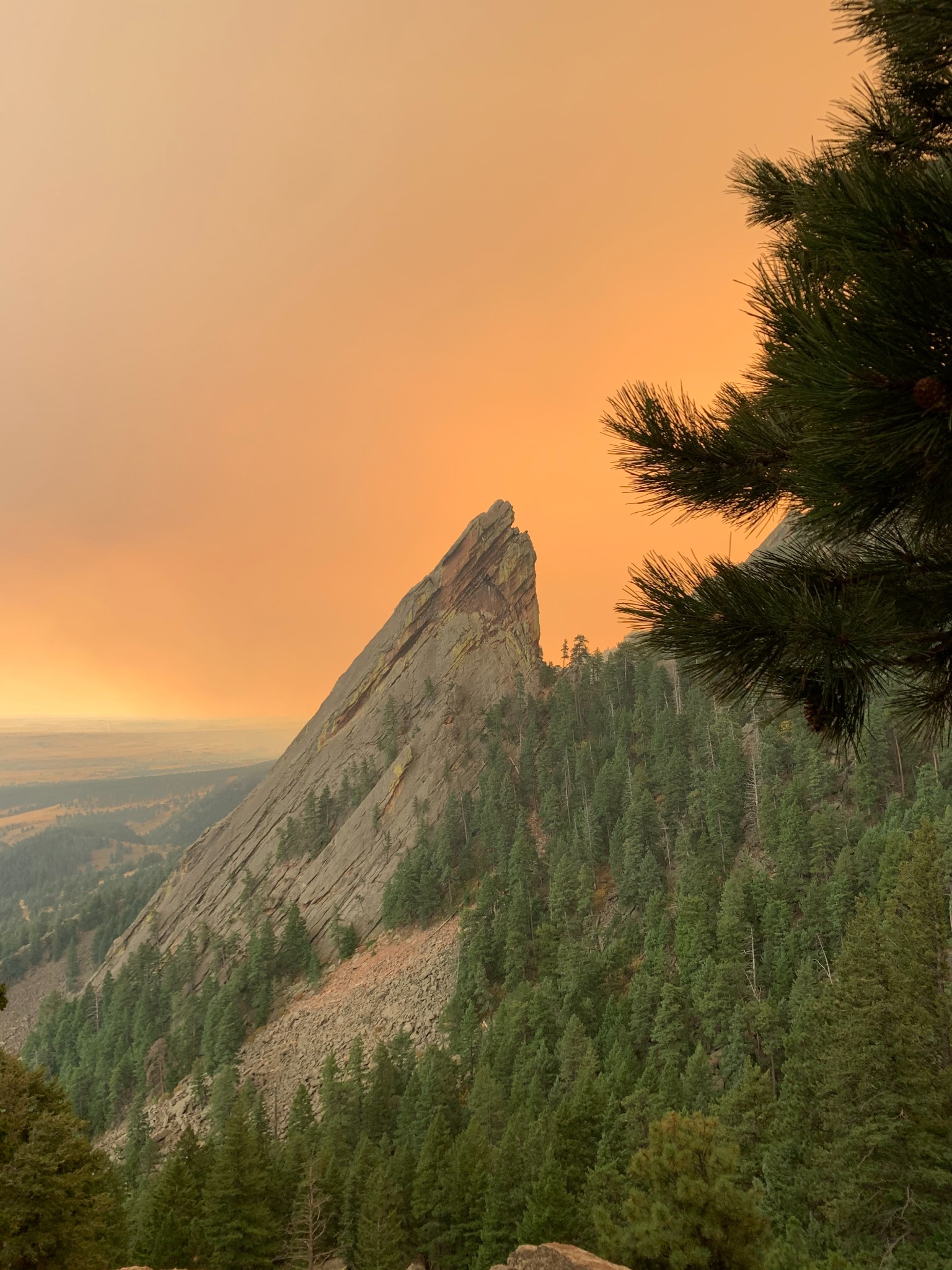
BOULDER, Colo. – Despite a continuing trend of increasing wildfires and rising temperatures, Boulder’s climate policies may put the city in a position to be more resilient to climate change.
According to the latest Intergovernmental Panel on Climate Change (IPCC) Assessment Report released in 2021, the rising intensity and frequency of extreme weather events are directly linked to the human-caused rise in greenhouse gases.
In Boulder, these extreme weather events can be most seen in the rising number of wildfires. According to data obtained from the Colorado Division of Fire Prevention and Control, the top 20 most destructive fires in Colorado history in terms of land acres destroyed have happened since 2000, with the worst year being 2020.
“I remember a day where it looked like we were living in hell. It looked like the entire city was on fire,” said Flynn Olden, a CU student and Colorado native. “The entire sky was red. There was ash everywhere throughout the city. I remember getting to my car and brushing ash off.”
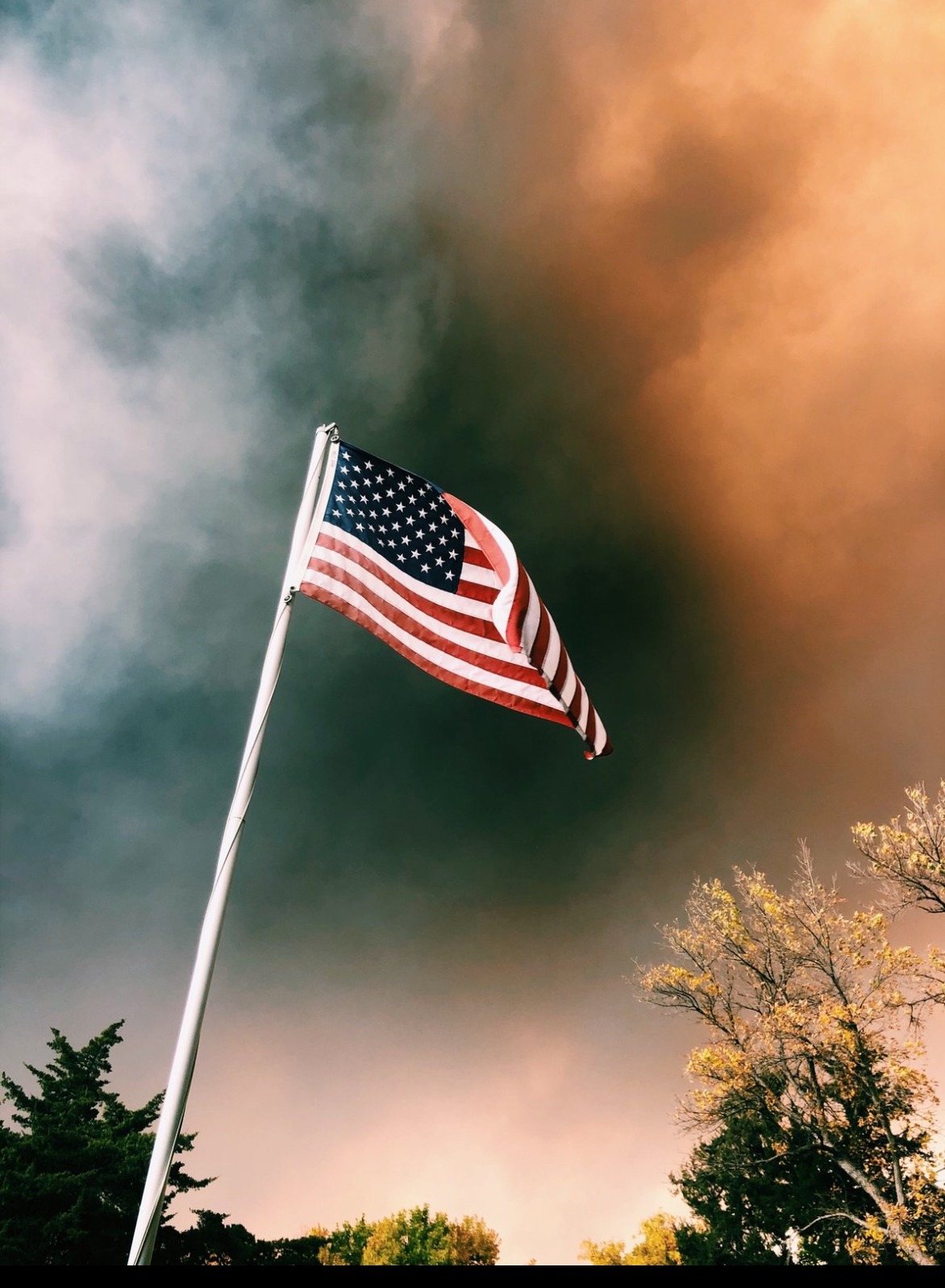
A sky filled with smoke and red from the wildfires, painting an apocalyptic background for the American flag.
Climate change related wildfires can have destructive consequences that can cause a loss of life and displacement of people and wildlife. According to Boulder County data, the 2021 Marshall Fire in Boulder alone destroyed over 1,000 homes.
Brian Oliver is the wildland fire division chief for Boulder Fire Rescue and has been a wildland firefighter since 1995. Oliver served in the position when the Marshall Fire hit Boulder County.
“It was super discouraging. You’re trained to fight fire and you’re in an environment like that where our tools didn’t work. The wind was blowing so hard and moving fire so fast, we couldn’t keep up with it,” Oliver said. “It kind of messed some folks up. We’re supposed to be the ones that help and keep that problem from expanding.”
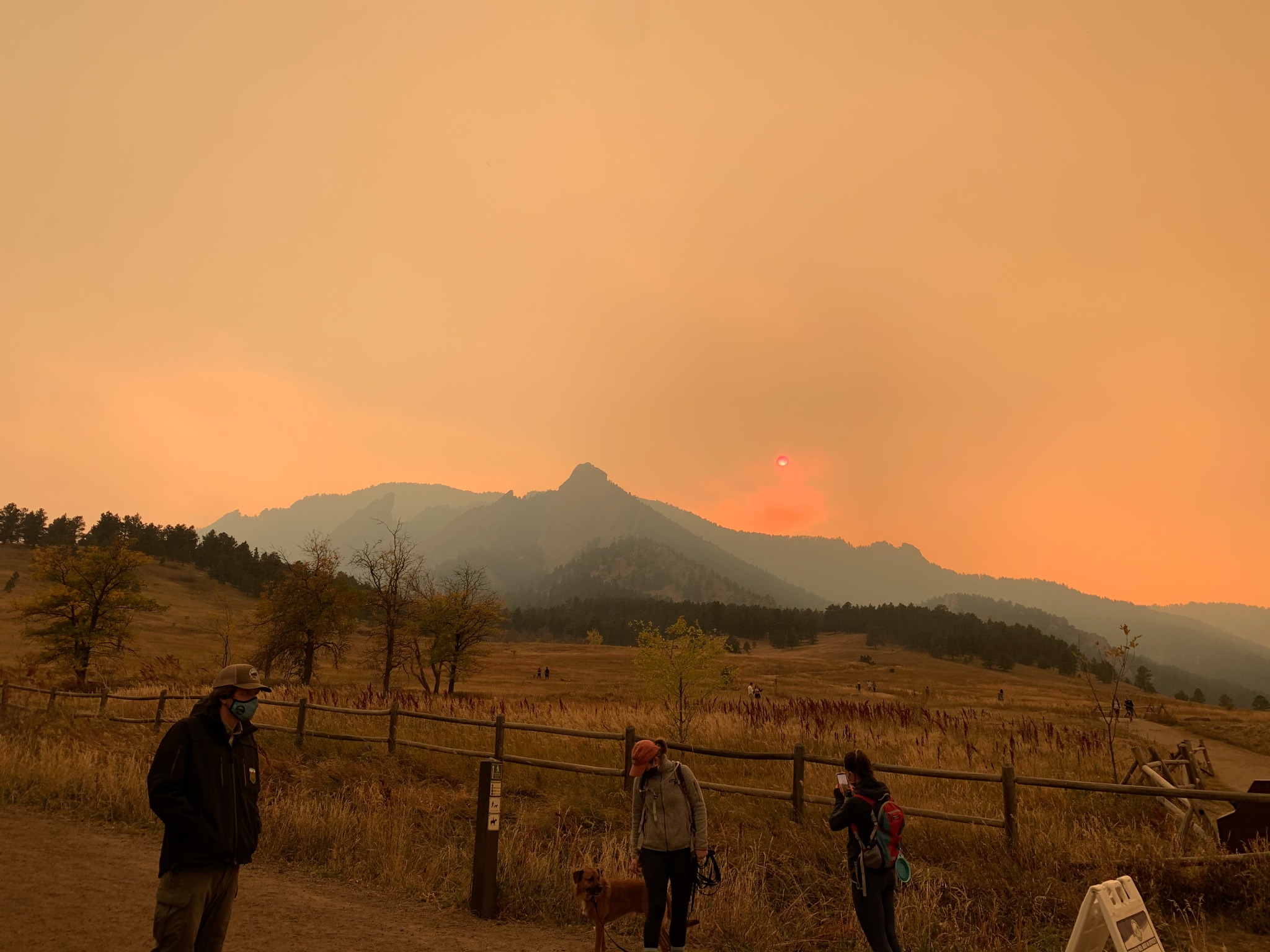
Chautauqua Mountain, a popular hike in Boulder normally beloved for its picturesque views during a wildfire in 2020.
Wildland firefighters perform an important role in fire mitigation and prevention in Boulder like prescribed burns, thinning out flammable vegetation and materials, increasing public awareness about wildfire prevention, and creating barriers to slow or stop wildfires.
According to Oliver, 98% of wildfires that are started in Boulder are kept to an acre or less in size. When the wildfires do reach a level where they may threaten towns, homes, or other populated areas, it is their jobs to stop it.
“You get that anxiety of knowing that you’re going to have to go get in the way of a force of nature,” Oliver said. “Wildland fire is a moving, living thing, and it changes drastically over time.”
The frequency of wildfires in the United States has increased drastically in the past 40 years. Between 1984 and 2002 the highest average number of acres burnt in a month was 800,000 across the US. Between 2003 and 2021, that number jumped to 1.8 million acres.
“I’ve seen fire behavior in recent years that I have not seen earlier in my career,” Oliver said. The earth is getting warmer and things are drier."

A view west facing away from Gunbarrel, where the mountains are completely shrowded in smoke.
According to a study supported by NOAA, climate change is the main driver of the increase in fire weather in the western United States. The study also stated that US fire weather has transitioned from “natural climate variability” to “anthropogenically forced warming,” meaning that fire weather is now driven by human-caused climate change.
“We're not going to stop climate change. I think that's a really important characterization,” said Jonathan Koehn, the Chief Sustainability and Resilience Officer for the City of Boulder. Koehn has been working in different environment-related jobs for the city for the past 18 years
“That's how we started this work, that’s how every city started, ‘we can stop it.’ Well, we're not going to stop it, but a lot of our work is now oriented towards making our community more resilient to the changes that are coming,” Koehn said.
Koehn predicts a different climate in Boulder if more isn’t done to reduce emissions and if temperatures continue to increase.
“With two and a half degrees temperature rise, our ecosystem is going to look something more similar to Albuquerque. Albuquerque is fine, but that's not where I choose to live. That's not the natural environment that that I moved to Boulder to enjoy,” he said.
According to the EPA, there is a direct link between higher temperatures and a higher frequency of wildfires. Over the past century, temperatures have risen significantly.
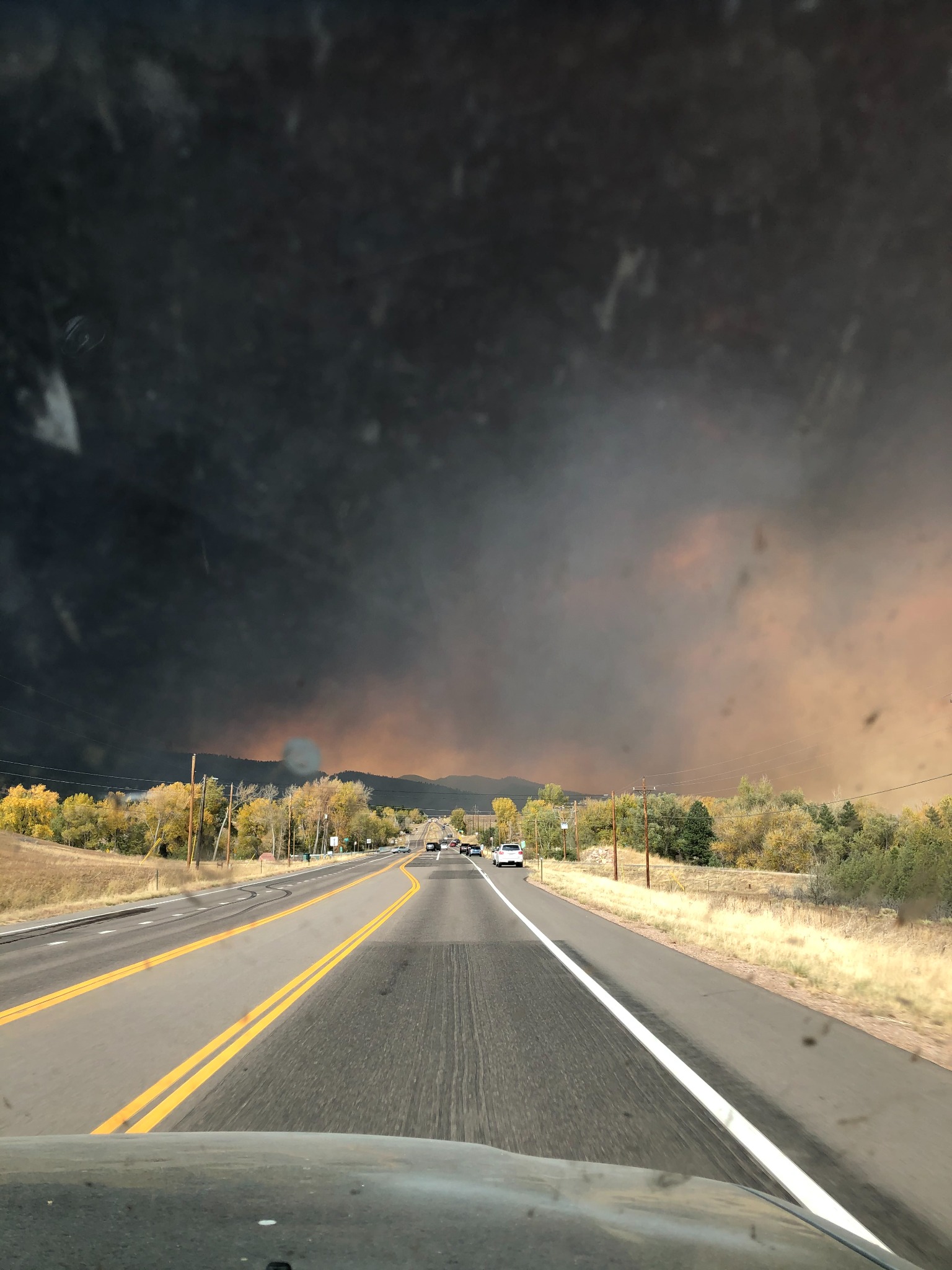
A car driving right outside of Boulder, accumulating ash on the windshield from the smoke and soot filling the air.
The frequency of wildfires in the United States has increased drastically in the past 40 years. Between 1984 and 2002 the highest average number of acres burnt in a month was 800,000 across the US. Between 2003 and 2021, that number jumped to 1.8 million acres.
“I’ve seen fire behavior in recent years that I have not seen earlier in my career,” Oliver said. The earth is getting warmer and things are drier.”
According to a study supported by NOAA, climate change is the main driver of the increase in fire weather in the western United States. The study also stated that US fire weather has transitioned from “natural climate variability” to “anthropogenically forced warming,” meaning that fire weather is now driven by human-caused climate change.
“We're not going to stop climate change. I think that's a really important characterization,” said Jonathan Koehn, the Chief Sustainability and Resilience Officer for the City of Boulder. Koehn has been working in different environment-related jobs for the city for the past 18 years
“That's how we started this work, that’s how every city started, ‘we can stop it.’ Well, we're not going to stop it, but a lot of our work is now oriented towards making our community more resilient to the changes that are coming,” Koehn said.
Koehn predicts a different climate in Boulder if more isn’t done to reduce emissions and if temperatures continue to increase.
“With two and a half degrees temperature rise, our ecosystem is going to look something more similar to Albuquerque. Albuquerque is fine, but that's not where I choose to live. That's not the natural environment that that I moved to Boulder to enjoy,” he said.
According to the EPA, there is a direct link between higher temperatures and a higher frequency of wildfires. Over the past century, temperatures have risen significantly.
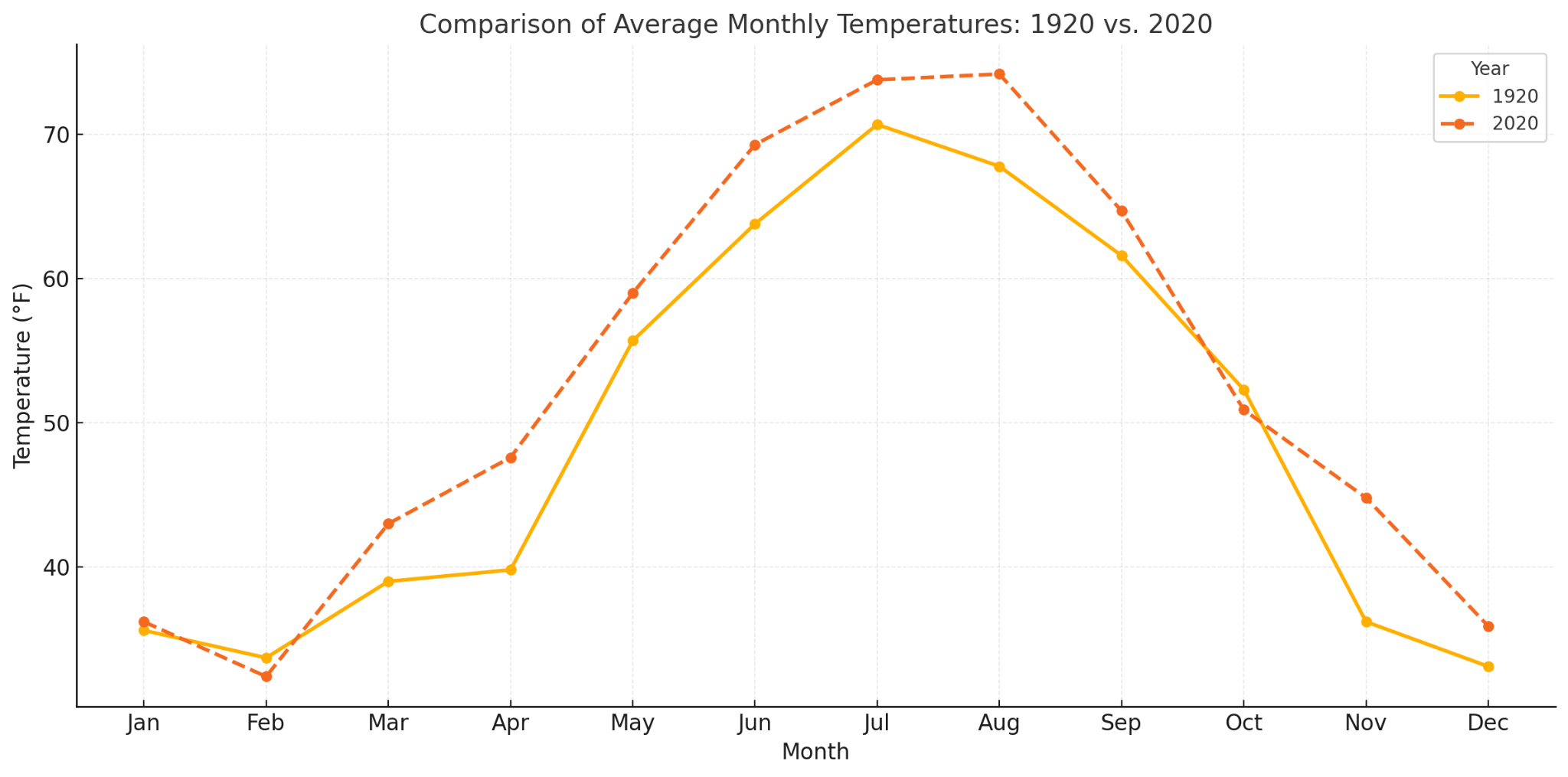
Koehn and the rest of the Climate Initiatives Office in the City of Boulder have a goal to reduce greenhouse gas emissions, improve awareness about climate change, increase wildfire resistance, conduct scientific research to broaden their knowledge, and more.
“It's easy for someone to say climate change is real, but it really doesn't affect me. There are going to be winners and losers, and I think the way we get around that is changing the way we talk about climate,” Koehn said.
Wildfire smoke rising off one of the mountains in the flatirons, engulfing Boulder in smoke and ash
Koehn hopes to provide results people can see and care about, like working with the state to force Excel Energy to shut down coal plants, improve their fuel mix to be more sustainable, and forcing corporations to take accountability for their impact. They are gathering funds from the EPA, Excel Energy, and the government for job creation, sustainable contractor training, and wide-scale electrification.
“No one really gives a crap about metric tons of carbon. You've never seen one or tasted one or felt one. They don't move people to take action. Our approach is really values based. People care about health and happiness and joy and economic productivity,” Koehn said.
Koehn believes Boulder has the resources and attention to make change and set an example for other cities around the world.
“Part of the culture of this community is to really be bold and take the steps that are necessary,” Koehn said.
Without these policies, incentives, and steps Boulder is taking, there could be consequences, as seen from the wildfires in recent years.
“I remember sitting with them, watching out over the mountains they live in, and just watching the fire slowly consume houses. And they were just praying to God that fire doesn't cross the road or it's going to destroy our entire house,” Olden said.
For more information of the City of Boulder’s work to combat climate change, refer to their Climate Initiatives website: https://bouldercolorado.gov/government/departments/climate-initiatives
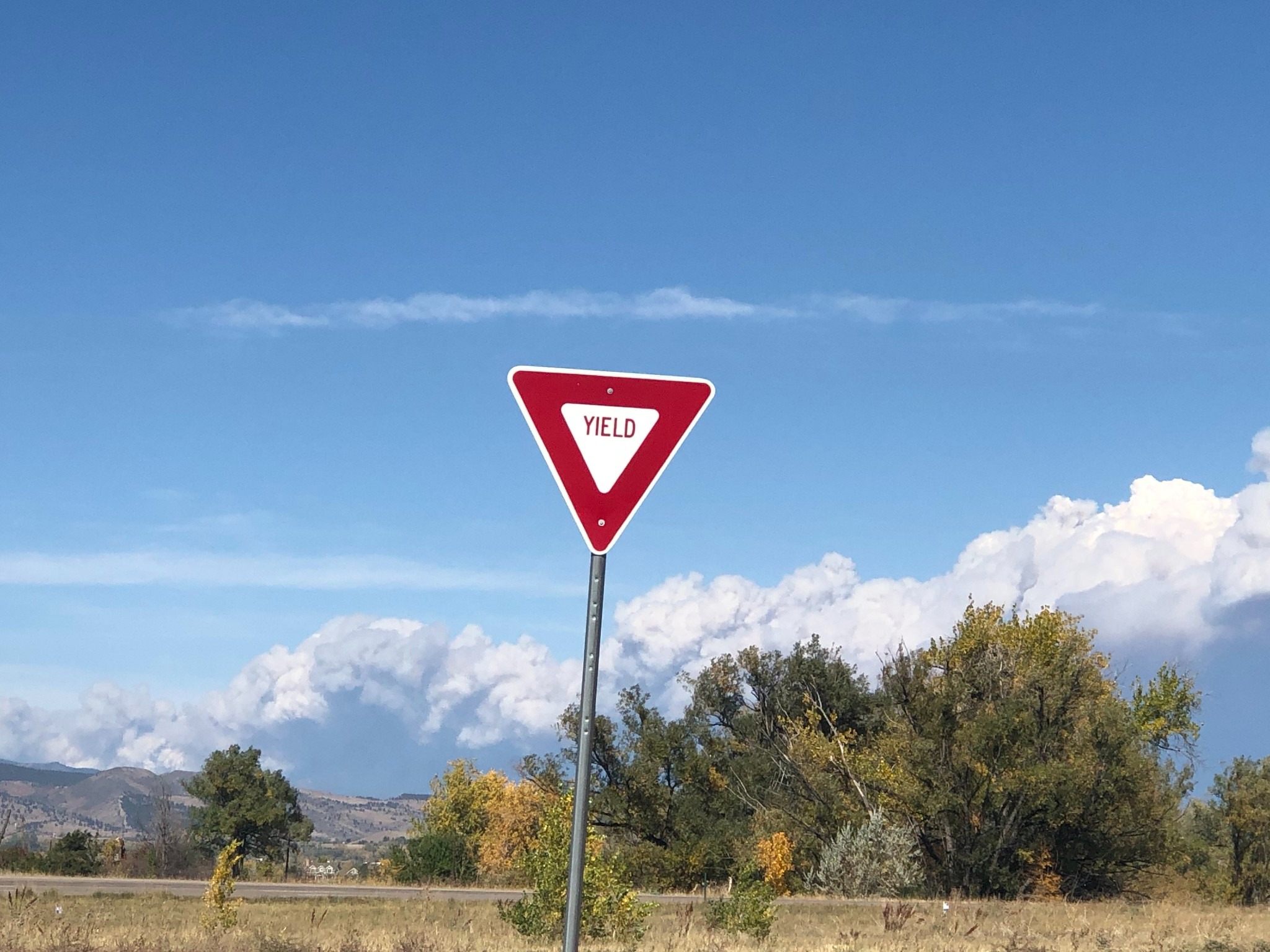
A yield sign in front of a giant plume of smoke from the wildfires in the Rocky Mountains.
Source List:
Jonathan Koehn (Chief Sustainability and Resilience Officer for the City of Boulder) - 303-441-1915, koehnj@bouldercolorado.gov -- expert source to talk about the effects of climate change and the policies from Boulder.
Flynn Olden (CU Student) - +1 (720) 453-4560, flynn.olden@colorado.edu -- grassroots source to describe how people experienced the fires in Boulder.
Brian Oliver (Chield of Wildland Fire for Boulder) - 303-877-5412, oliverb@bouldercolorado.gov -- source that sees wildfires directly and can speak on their impact and the impact of fighting them.

Post a comment